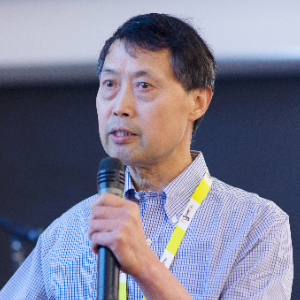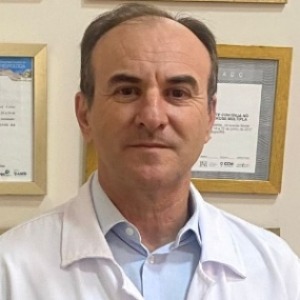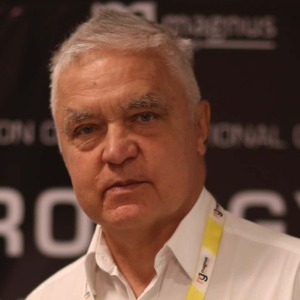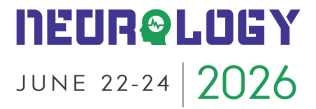Recent Developments in Neuro Ophthalmology
Neuro-ophthalmology is a field that deals with the diagnosis and management of diseases that involve the eye and its connections to the central nervous system. Neuro-ophthalmology is a rapidly evolving specialty, with new treatments, theories and research bringing insight into the underlying mechanisms of diverse and complex conditions. Recent developments in neuro-ophthalmological research are focusing on better identification, diagnosis and treatment of a variety of eye conditions. One example is the development of advanced imaging studies, such as optical coherence tomography (OCT) and magnetic resonance imaging (MRI). These studies provide detailed anatomical and physiological information about the eye and its associated structures, allowing for earlier diagnosis and more precise treatment. With the aid of imaging technology, scientists have made advances in understanding the underlying pathophysiology of neuro-ophthalmologic diseases, and thus can more accurately diagnose them. One example is neuro-ophthalmological diseases such as optic neuritis, which is often associated with multiple sclerosis. Because MRI can be used to detect small changes in the brain and eye, early diagnosis of the condition is now possible. Another major development in neuro-ophthalmology has been the increasing availability of treatment options. For example, treatments for age-related macular degeneration (AMD) now include the use of anti-VEGF drugs to reduce the amount of fluid behind the retina, thus preserving vision. Similarly, treatments for glaucoma are now just as effective as surgery. Finally, the advances in neuro-ophthalmology have also contributed to a deeper understanding of the complex relationships between the brain and the eye. A better understanding of how the visual system works and what are its limitations can help us better manage and treat not only eye diseases but also the associated brain-related conditions. Overall, neuro-ophthalmology is a rapidly developing field, with innovative research helping us better understand and treat a variety of conditions. With the help of new imaging technology and treatments, we are now better equipped to diagnose, manage and treat a variety of neuro-ophthalmologic conditions.

Ken Ware
NeuroPhysics Therapy Institute, Australia
Robert B Slocum
University of Kentucky HealthCare, United States
Yong Xiao Wang
Albany Medical College, United States
W S El Masri
Keele University, United Kingdom
Jaqueline Tuppen
COGS Club, United Kingdom
Milton Cesar Rodrigues Medeiros
Hospital Santa Casa de Arapongas, Brazil




Title : Perception and individuality in patient cases identifying the ongoing evolution of Myalgic Encephalomyelitis/Chronic Fatigue Syndrome (ME/CFS)
Ken Ware, NeuroPhysics Therapy Institute, Australia
Title : Narrative medicine: A communication therapy for the communication disorder of Functional Seizures (FS) [also known as Psychogenic Non-Epileptic Seizures (PNES)]
Robert B Slocum, University of Kentucky HealthCare, United States
Title : Rabies: Challenges in taming the beast
Alan C Jackson, University of Calgary, Canada
Title : Neuro sensorium
Luiz Moutinho, University of Suffolk, United Kingdom
Title : Traumatic Spinal Cord Injuries (tSCI) - Are the radiologically based “advances” in the management of the injured spine evidence-based?
W S El Masri, Keele University, United Kingdom
Title : Personalized and Precision Medicine (PPM), as a unique healthcare model through biodesign-driven biotech and biopharma, translational applications, and neurology-related biomarketing to secure human healthcare and biosafety
Sergey Victorovich Suchkov, N.D. Zelinskii Institute for Organic Chemistry of the Russian Academy of Sciences, Russian Federation